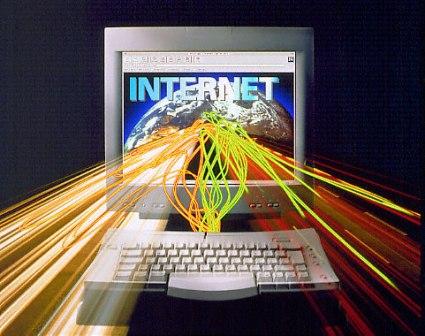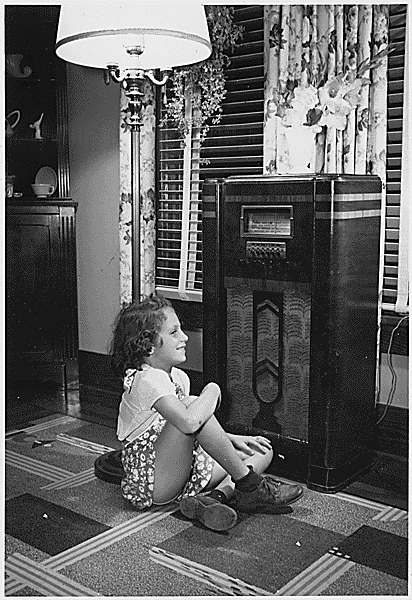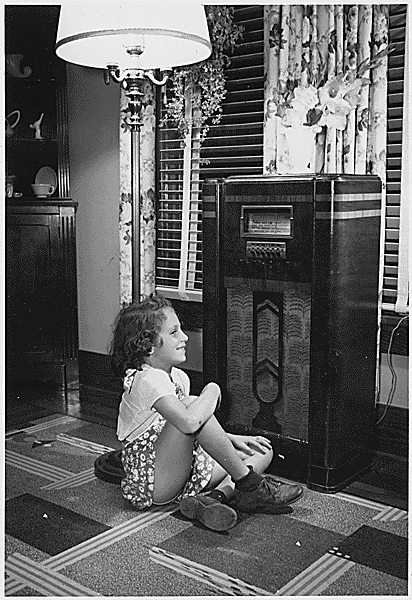
When thinking about ethics or ethical standards, we sometimes over look these standards that good journalists and reporters follow every day when pursuing or writing a story. The reason I think we forget about these ethical standards is because we often let our own beliefs andpolitical biases cloud our opinions about journalists and reporters, especially if we do not like how astory is covered or the subject matter of a story.
Journalists and reporters do follow ethical standards and most subscribe to the “Society of Professional Journalists: Code of Ethics“. The Society of Professional Journalists, which was founded in 1909, to ensure that information flows freely, future jounalists are educated, and First Amendment rights are protected.
As stated earlier, most journalists and reporters follow the ”Society of Professional Journalists: Code of Ethics” and below are some of these ethical standards that journalists and reporters follow in the Society of Professional Journalists:
“Test the accuracy of information from all sources and exercise care to avoid inadvertent error. Deliberate distortion is never permissible.”
“Diligently seek out subjects of news stories to give them the opportunity to respond to allegations of wrongdoing.”
“Avoid undercover or other surreptitious methods of gathering information except whentraditional open methods will not yield information vital to the public. Use of such methods should be explained as part of the story.”
“Never plagiarize.”
“Show compassion for those who may be affected adversely by news coverage. Use specialsensitivity when dealing with children and inexperienced sources or subjects.”
“Be wary of sources offering information for favors or money; avoid bidding for news.”
Overall, as one can see most good journalists and reporters have codes of ethics they follow to ensure their readers that they are credible and professional when they pursue or write a story.










